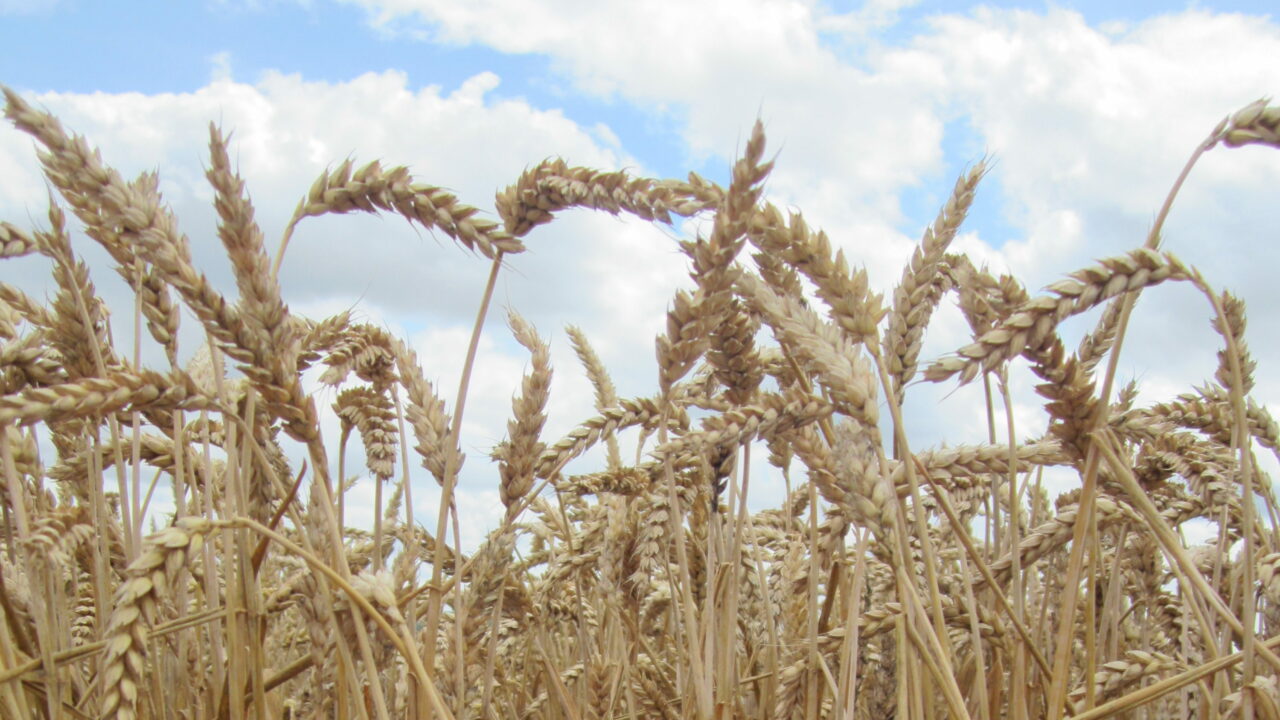As farmers keep an eye on grain markets, the term ‘bushels’ comes up very regularly. The phrase we associate with the US is used to describe the yield of a crop in bushels per acre or bu/ac as opposed to the metric system which uses tonnes here in the EU.
Canadian farmers also use the term as they have close ties with the US. However, Canada did convert to the metric system in the 1970s. Imported machinery from the US uses imperial measurement and bu/ac is still the prevalent term used in the country when describing yield.
When converting it’s important to note that there is a different conversion factor for different crops. This is because a bushel is a measure of volume. One bushel equates to eight dry gallons in the US. Aside from large-scale field crops the measure is often used when picking fruit, such as apples, using a bushel basket.
For example, when converting bushels to tonnes the number of bushels is multiplied by 0.021772 for barley, but by 0.027216 for wheat.
- Barley – 45.9296bu;
- Corn – 39.3683bu;
- Oats – 68.8944bu;
- Soybeans – 36.7437bu;
- Wheat – 36.7437bu.
Here’s a quick summary of how bushels equate to tonnes which was provided to AgriLand by the Grain Farmers of Ontario on a recent trip to Canada.


